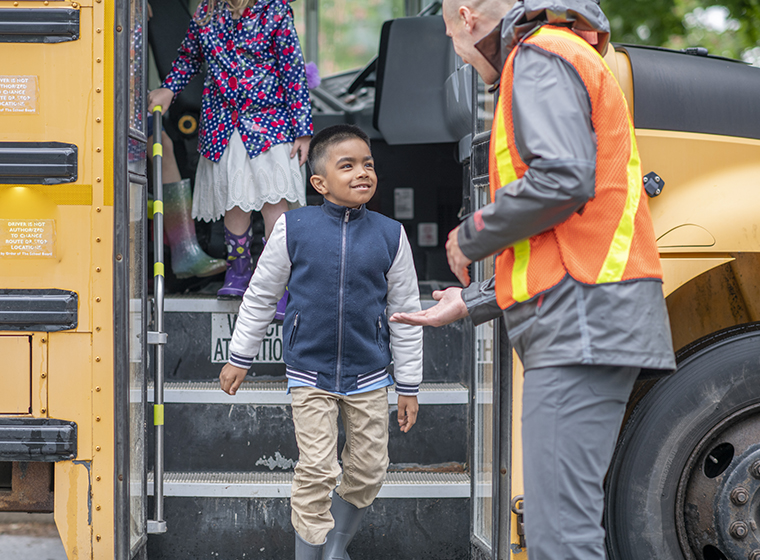Arriving safely to school
Learn how elementary schools use safe-arrivals programs to notify parents and families when a child has an unexplained absence.
About safe-arrival programs
Safe-arrival programs alert you when your child has not arrived at school as expected. Together with daily attendance taking, elementary schools use these programs to:
- account for any unexplained student absences (for example, where you did not tell the school about a planned absence in advance)
- inform you in a timely manner
School staff, students and families all work together to make sure that the safe-arrival program meets the needs of the school.
Contact your elementary school to learn more about their safe-arrival program.
What to expect from your safe-arrival program
Elementary schools design their safe-arrival programs to be flexible and best meet their needs based on:
- number of students and staff
- age of students
- type of transportation used to bring children to school
- ways to communicate in the area
- advice from school councils, band councils, parents, volunteers and community members
- local needs of the school and community
A safe-arrival program should include:
- the roles and responsibilities of parents and guardians, the school, volunteers and other members of the school community
- steps to take in normal and unusual situations, such as bad weather or bus cancellations
- what steps a school should take if they cannot get in touch with the parent, guardian or caregiver
- training and supervision of the school community members who deliver the program
Keep your school updated
You have an important role to play in your school’s safe-arrival program by:
- letting your school know ahead of time about any planned absences (for example, doctor’s appointments) or if your child will be late to school
- providing your school with emergency contact information when they ask for it at the beginning of each school year
- informing your school if your contact information changes
Updated: September 06, 2024
Published: September 06, 2024
